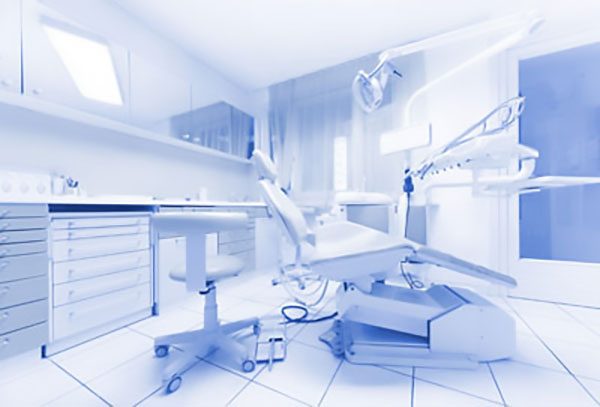What Are the Most Common Uses for Laser Dentistry?

Laser dentistry has been around for almost three decades and it can be used to treat a variety of dental problems, such as discolored teeth and gum disease. Lasers provide a higher level of precision than traditional dental tools, and treatments performed with them are less likely to lead to pain and discomfort.
Popular uses of laser dentistry
A laser is a concentrated beam of light energy. The wavelengths of a laser can be adjusted to alter the way it interacts with different types of tissues. As a result, some types of lasers work better on soft tissues, while others work better on hard tissues like bones and teeth.
The light generated by a laser generates heat and a dentist can use it to shape or remove soft and hard tissues in the mouth. Procedures that can be performed using lasers include:
- Cutting off tissues from an impacted wisdom tooth
- Reshaping overgrown gum tissues
- Reshaping and removing gum and bone tissues during crown lengthening
- Removing swollen gum tissues
- Cutting away muscles that restrict the movement of the lips and tongue
- Speeding up teeth whitening treatments
- Alleviating the discomfort caused by cankers and cold sores
- Removing portions of enamel in preparation for restorations
- Roughening teeth surfaces in preparation for composite bonding
Benefits of laser dentistry
Treatments with lasers often provide patients with certain benefits, like:
- Lasers reduce the need for anesthetics
- Lasers can replace the need for noisy drills
- Lasers typically lead to less bleeding than conventional dental tools
- Lasers help to minimize pain and discomfort
- Incisions typically heal faster when made with lasers
- Lasers sterilize the areas being worked on, reducing the risk of infection
Lasers make it easier to treat periodontal disease
Periodontal disease is an infection of the gums and supporting tissues that keep teeth in place. It typically affects people in their 30s and 40s, and it can be caused by a variety of factors like chronic illnesses, smoking, genetics and poor oral health.
The standard treatment for periodontal disease involves cleaning the surfaces of the patient's teeth and their roots. The procedure is called scaling and root planing. It can take a few weeks to recover from.
Lasers simplify this process by reducing the irritation to gum tissues during the treatment. Instead of using metal hand tools to scrape off tartar and bacteria from the patient's tooth roots, the dentist uses a laser to kill bacteria and infected tissues in gum pockets. The use of laser stimulates stem cells, promoting faster healing.
Using a laser to treat gum disease instead of traditional dental tools provides benefits like:
- Less bleeding after root scaling and planing
- The wavelength of the laser can be optimized for each patient
- Recovery after deep cleaning or scaling and planing is shorter
- It provides a less invasive way to treat gum disease
- It preserves the healthy parts of affected teeth
- It reduces the need for surgical treatments like flap surgery
Explore laser dentistry
Call our Chester clinic to learn more about how lasers provide less invasive treatments for gum disease.
Request an appointment here: https://thechesterfielddentist.com or call Chesterfield Dentist at (804) 412-0867 for an appointment in our Chester office.
Check out what others are saying about our services on Yelp: Read our Yelp reviews.
Recent Posts
Thanks to advanced dental restorations, tooth loss is not the inevitable outcome of decay or damage that it once was. Restorations — including fillings, crowns, bridges, and implants — are designed to restore or replace damaged tooth structures or to prevent the advancement of decay. Many restorations can also improve the appearance of a patient’s…
Sleep apnea is a serious sleep disorder that affects millions of individuals worldwide. It occurs when breathing repeatedly stops and starts during sleep, disrupting rest and potentially causing long-term health consequences. Many people are unaware that a general dentist plays a key role in diagnosing and managing sleep apnea, particularly with non-invasive treatment solutions. By…
Dental restorations can improve overall health by decreasing the chances of infection, decay, and issues caused by broken or misaligned teeth. These treatments range from removing teeth, replacing tooth structures that have decayed, and correcting the patient’s overall bite to improving eating and drinking.A restoration may be performed for cosmetic or health-related reasons, but even…
Crowns are commonly used in dental restorations. A crown is a cap shaped like a tooth but hollow in the middle. It fits over a natural tooth that has to be prepared first. Depending on the issue it is correcting, a crown can be used by itself or as a component of another restoration technique.Teeth…


